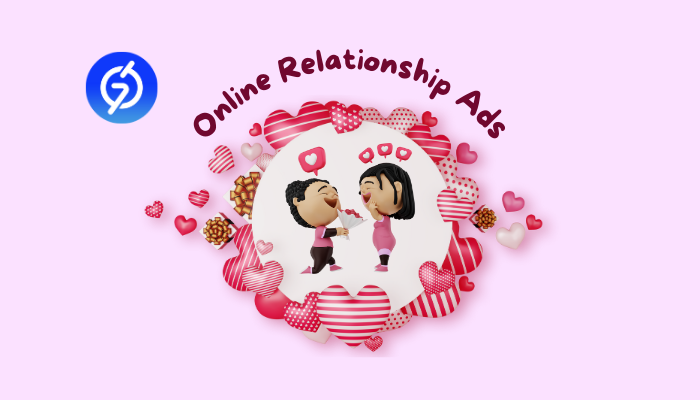Some ads are just unforgettable. You may not remember what you had for breakfast last week, but a single relationship ad from years ago might still pop into your mind when you see a brand’s name. That’s the power of storytelling and emotion. For marketers, looking at famous relationship ads is like having a crash course in how human psychology connects with branding.
The Struggle to Stand Out
Today’s advertising space is crowded. Every brand is trying to grab attention, but not every message cuts through. Marketers face a real challenge — how to build campaigns that feel personal, genuine, and relatable in a digital-first world. Many relationship ads fail because they lean too much on surface-level promises rather than showing true emotional value.
What Famous Relationship Ads Teach Us
The best relationship ads don’t just sell; they resonate. Here’s what makes them powerful and what marketers can learn:
1. Online Relationship Ads Speak to Emotions, Not Just Features
Famous ads often tell love stories, highlight companionship, or capture the joy of connection. The lesson here is clear: emotions drive decisions more than features. Brands that tap into these emotions create a deeper bond with their audience.
2. Simplicity Beats Complexity
Think about ads that show two people connecting over coffee or meeting through a chance encounter. These are simple setups, yet they work because they’re easy to understand. In marketing, clarity is more persuasive than complexity.
3. Relationship Advertising Creates Shared Experiences
Ads that show a journey — from first meeting to long-term bond — allow viewers to see themselves in the story. They’re not just watching; they’re imagining. This shared experience builds trust and makes the message stick.
4. Cultural Relevance Matters
Famous campaigns are often tied to cultural moments or values. They reflect what people care about at that time — independence, diversity, belonging. Marketers who want their relationship ads to last should align messages with the cultural tone of their audience.
5. Consistency Builds Brand Memory
Great relationship ads rarely stand alone. They’re usually part of a series or a long-term strategy. This repetition helps brands build recognition and stay in the minds of consumers.
Applying These Lessons Today
Marketers don’t need massive budgets to apply these insights. Even smaller campaigns can mirror the strategies of famous relationship ads:
- Test emotional hooks before scaling campaigns.
- Focus on real human stories, not just polished slogans.
- Be consistent, running connected messages across different platforms.
If you want to explore how to launch your own campaigns, you can even create a test campaign with platforms that allow targeted reach and measurable results.
Practical Examples for Inspiration
- Dating platforms often use relationship advertising that highlights both excitement and comfort — the thrill of meeting someone new and the reassurance of finding someone who understands.
- Lifestyle brands tie products to relationships, showing couples cooking, traveling, or relaxing together. The product becomes a bridge to deeper connection.
- Technology companies use online relationship ads to showcase how their apps or devices bring people closer, even when they’re far apart.
Why Marketers Should Pay Attention
Ignoring what works in famous ads is like trying to reinvent the wheel. By studying these campaigns, marketers can avoid mistakes, save resources, and build stronger, more effective strategies.
Final Thoughts
Relationship ads work because they go beyond selling — they connect with universal human needs: love, belonging, and companionship. For marketers, the message is simple: if your campaign feels real and relatable, it has a better chance of standing out.
 :
https://www.pinterest.com/7search_ppc_ads/
:
https://www.pinterest.com/7search_ppc_ads/

